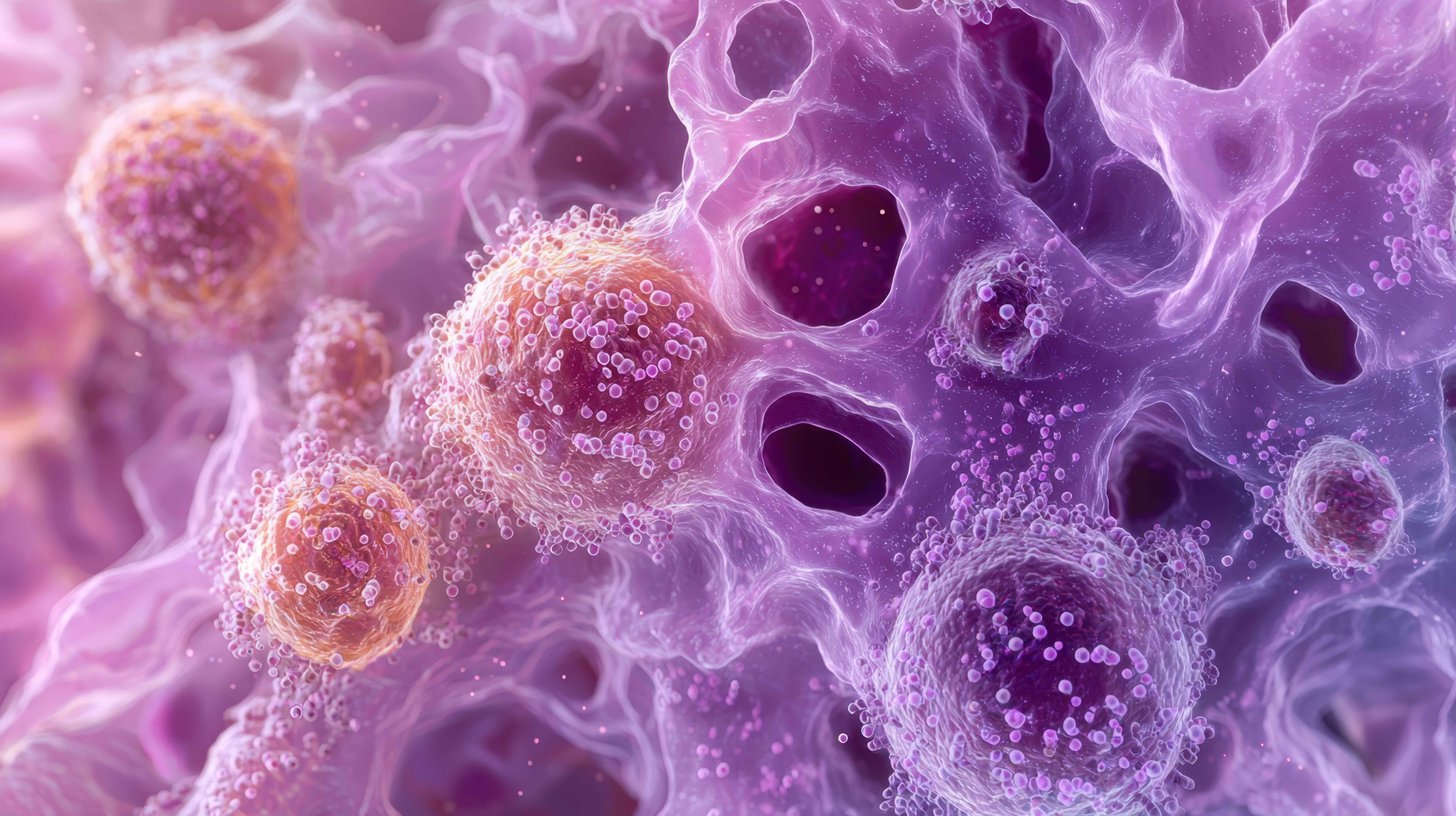News
Article
Researchers Find “Digital Twin” Model Accurately Predicts Treatment Responses for Different Chemotherapy Drugs
Author(s):
Key Takeaways
- FarrSight-Twin technology creates digital twins of cancer patients to simulate clinical trials and predict treatment responses.
- Simulations showed significant improvements in drug response rates and overall survival across eight clinical trials.
This model, which uses technology that discovers black holes, pulls from real data to evaluate cancer treatments, optimizing treatment choices for patients with different cancers.
Image credit: Elena | stock.adobe.com

According to researchers who presented at the 2024 European Organisation for Research and Treatment of Cancer-National Cancer Institute-American Association for Cancer Research Symposium in Barcelona, Spain, technology that is used by astrophysicists used to recreate clinical trials. The technology, FarrSight-Twin, uses algorithms to discover black holes, and the investigators found that it can create “digital twins” of real patients who have cancer to evaluate new treatments in clinical research.1
For this research, investigators used the astrophysics computational frameworks to model these individual therapeutic responses to chemotherapy, rather than the current trial-and-error methods that can be inefficient or unsustainable. The digital twins of participants were created to simulate 8 clinical trials across various cancer types and treatment regimens. The predicted log odds ratio for overall responses rates (ORR) for each treatment arm were compared against the reported log odds ratios from the actual trials. Additionally, the investigators also applied to digital twin model to predict the optimal standard of care treatment for cohorts of actual patients.2
The findings indicated that the predicted log odds ratios for ORRs in each treatment were con across the 8 selected clinical trials. According to the results, drug response rates showed significant improvement (ORR = 2.55, Fisher exact P < .001), and overall survival (OS) had increased with cohort enrichment (log rank P < .0001). Additionally, the model accurately predicted OS across 23 sold tumors (AUC: 0.78). Further analysis also demonstrated that the patients in the The Cancer Genome Atlas Program cohort who received treatments recommended by the digital twin model had noticeably better therapeutic responses (Fisher Exact Test P < .0001) and survival outcomes (log rank P < .0001) compared with those receiving alternative standard of care therapies.2
“This technology means that researchers can simulate patient trials at a much earlier stage in drug development and they can re-run the simulation multiple times to test out different scenarios and maximize the likelihood of success. It is already being used to simulate patients to act as controls for comparing the effect of a new treatment with the existing standard of care,” Uzma Asghar, MRCP, PhD, CCT, co-founder and chief scientific officer at ConcR and consultant medical oncologist at The Royal Marsden NHS Foundation Trust, London, United Kingdom, said in a news release. “We are currently developing this technology so that it can predict treatment response for individual patients in the clinic and help doctors understand which chemotherapy will or will not be helpful, and this work is ongoing.”1
According to the investigators, using this technology can be used by cancer researchers to run virtual clinical trials prior to testing treatments on patients. Additionally, it can be used alongside clinical trials with a digital twin for each patient enrolled, which can form the control group for trials.1
Further, the investigators believe that this method can allow treatments to be tested on patients’ digital twins to better select the most effective treatment in advance. This enhances the interpretation of single-arm studies when a novel agent is combined with a standard of care “backbone,” which can facilitate combination studies of novel agents in earlier lines of therapy.1,2
“Around the world, we spend billions of dollars on developing new cancer treatments. Some will turn out to be successful, but most will not. We can use digital twins to represent individual patients, build clinical trial cohorts and compare treatments to see if they are likely to be successful before testing them out with real patients,” said Asghar in the news release. “We are excited to apply this type of technology by simulating clinical trials across different tumor types to predict patients’ response to different chemotherapies and the results are encouraging.”1
REFERENCES
1. AACR. Scientists create cancer patients’ ‘digital twins’ to predict how well treatments may work. News release. October 25, 2024. Accessed October 29, 2024. https://aacr.ent.box.com/s/tm20rqjiiocenmaywgruxta1kfuds7pa
2. Griffiths M, Kubeyev A, Laurie J, et al. Transforming cancer care and therapeutic development by predicting individual patient responses to treatment. Presented at: European Organisation for Research and Treatment of Cancer-National Cancer Institute-American Association for Cancer Research Symposium; Barcelona, Spain. October 23-25, 2024. https://aacr.ent.box.com/s/3rnpon6l3z4chmgpmz8grc4u0tn9s4aj
Newsletter
Stay informed on drug updates, treatment guidelines, and pharmacy practice trends—subscribe to Pharmacy Times for weekly clinical insights.





